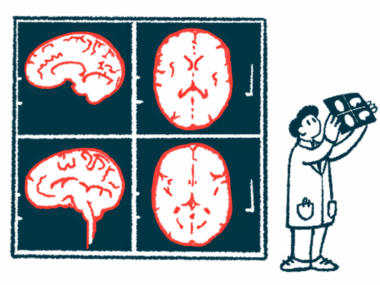Obesity May Prevent First-line MS Therapies from Working in Youngsters, Study Suggests
Written by |

Obesity may increase the risk for the development and progression of multiple sclerosis (MS) in children and teens, and it may prevent first-line MS therapies from working.
Those findings were reported in the study “Association of Obesity With Multiple Sclerosis Risk and Response to First-line Disease Modifying Drugs in Children,” which was published recently in the journal JAMA Neurology.
Overweight and obesity are seen as 21st century epidemic disorders, affecting a large percentage of the population of developed countries, including children and adolescents.
Obesity has been identified as a risk factor for several inflammatory and autoimmune diseases. Several studies have suggested an association between obesity and MS.
Increased body mass index (BMI) during childhood and adolescence has been linked to faster MS progression during adulthood. Also, alterations in fat metabolism have been associated with worse MS severity.
To date, only a few studies have explored the impact of body weight on the risk of pediatric MS. To fill this knowledge gap, researchers at Georg August University Göttingen, Germany, reviewed the clinical records of 453 pediatric patients with relapsing-remitting MS who were followed at a single clinical site.
The onset of the disease occurred between April 1990 and June 2016, and the group had the disease for a mean time of 38.4 months. Approximately 67.5% of the patients were girls and the mean age at diagnosis of the whole group was 13.7 years.
Evaluation of their weight showed that 27.8% of them were within normal range (90th percentile), while 13% were overweight (BMI greater than the 90th to 97th percentile), and 14.8% were obese (BMI greater than the 97th percentile).
Both girls and boys with high BMI were found to have about 2.2-times increased risk of having MS, while overweight participants had a 1.37-fold higher risk. Also, young children and teens with MS were found to be more frequently overweight and obese compared with aged-matched controls without the disease.
Clinical records showed that 77.7% of pediatric MS patients were treated with a disease modifying therapy (DMT). The most commonly prescribed therapies were Rebif (interferon beta-1a, sold by EMD Serono) and Betaseron (interferon beta-1b, by Bayer), followed by Copaxone (glatiramer, by Teva Neuroscience) and Avonex (interferon beta-1a, by Biogen).
Relapse rates before treatment were similar between overweight and obese MS pediatric patients. However, obese pediatric patients experienced more relapses while taking interferon beta or Copaxone compared to non-overweight counterparts, with annualized relapse rates (ARR) of 1.29 vs 0.72. This difference was significant in both young children (4-11 years) and teens (11-17 years).
Researchers noted that extremely obese patients (BMI above the 99.5 percentile) were the ones who showed a worse response to DMTs, with an ARR of 1.37. Further analysis also showed that the likelihood of receiving a second-line DMT was approximately 1.5 times higher among obese and extremely obese pediatric patients, compared with non-overweight MS children.
Despite these findings, BMI values were not found to be associated with disease activity at onset, time to first and second MS attacks, or disability score progression.
Supported by these findings, researchers believe that altered pharmacokinetics (the therapy’s stability and metabolism in the body) may be the most likely factor contributing to reduced treatment response for overweight and obese pediatric MS patients.
This hypothesis “may have relevant management implications given that a healthy weight may potentially optimize treatment outcomes and reduce disease-related burden and health care costs,” researchers wrote. Given so, “achieving healthy weight or adjusting the dose according to BMI could improve therapy response,” they suggested.





